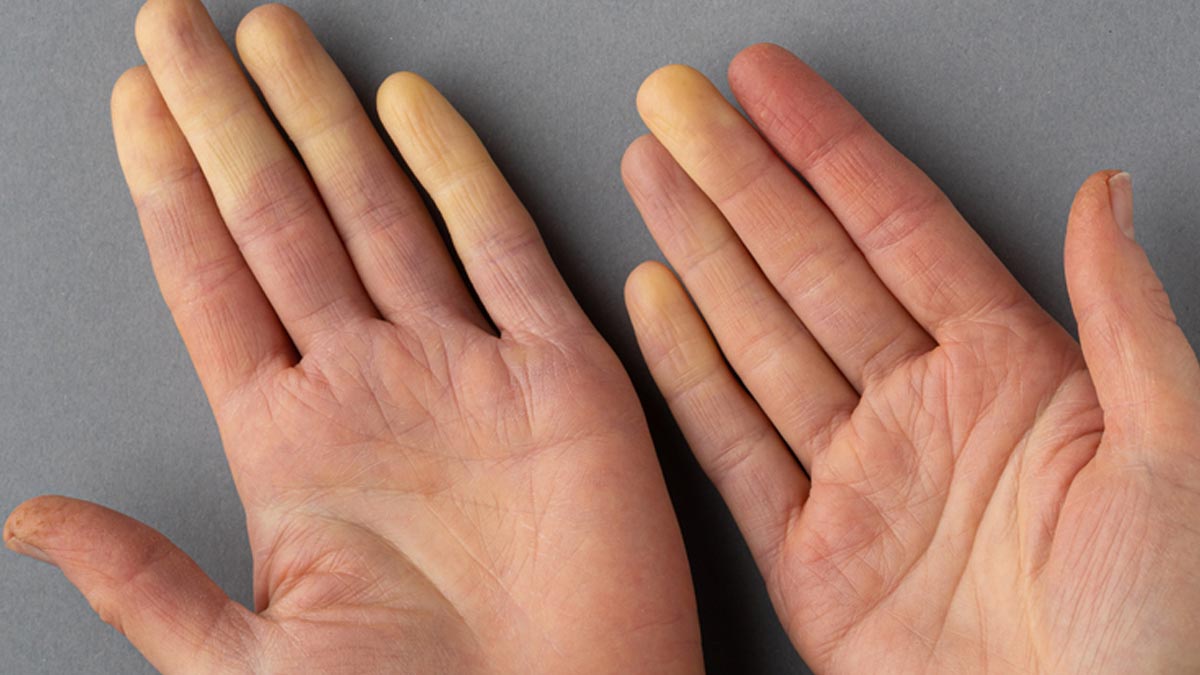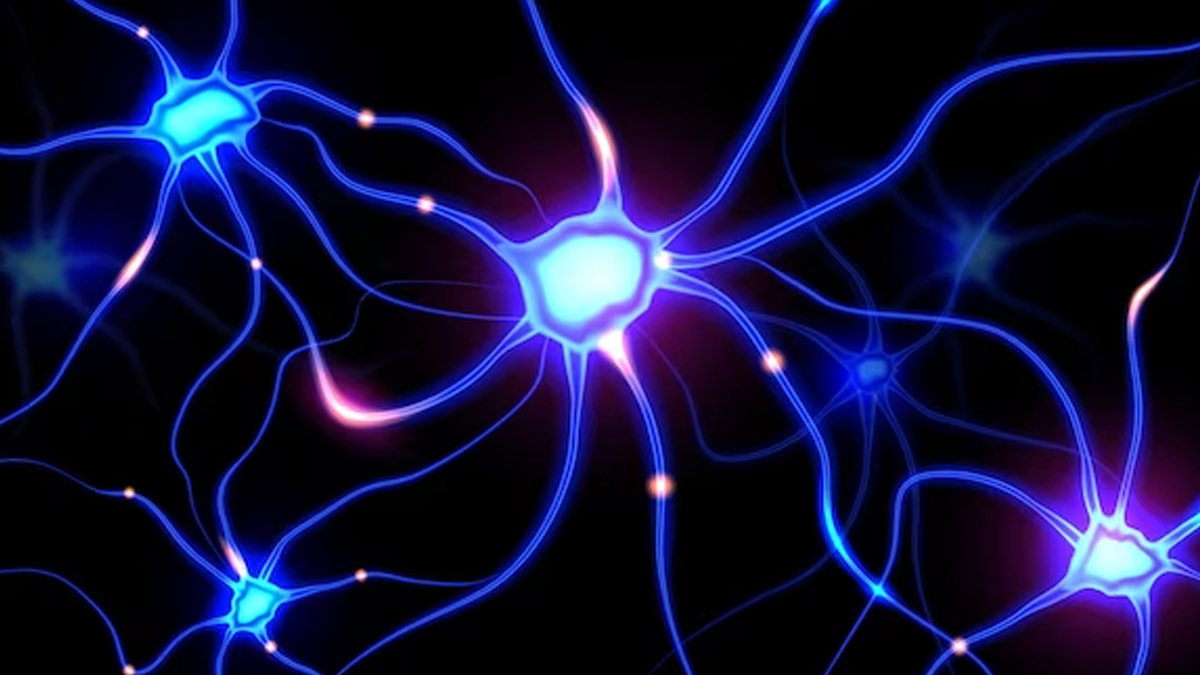

Although you might not have heard of Raynaud’s phenomenon, it is a relatively common disease. First described in 1862 by Maurice Raynaud, Raynaud’s phenomenon or Raynaud’s disease is a vascular disorder that affects blood circulation, primarily in the fingers and toes. This condition leads to episodes of colour changes, numbness, and tingling in the extremities, often triggered by cold temperatures or emotional stress.
However, in some cases, Raynaud’s can be a sign of something much more sinister. The Missouri State Medical Association’s paper A Review of Raynaud’s Disease, is often the earliest presentation of an underlying connective tissue disease. That is why patient education is a crucial part of the treatment.
Symptoms of Raynaud’s Phenomenon

In some cases, Raynaud’s is caused by a hyperactive sympathetic nervous system response to cold or stress. In other cases, Raynaud’s can also be associated with autoimmune diseases like scleroderma, lupus, or rheumatoid arthritis. This disease manifests itself in the form of the following symptoms:
- Colour Changes: The skin in the affected areas turns white or blue due to reduced blood flow, followed by redness as blood flow returns.
- Numbness and Tingling: A sensation of pins and needles can accompany the colour changes.
- Pain or Discomfort: Some individuals experience pain or discomfort during and after an episode, as blood flow is restored.
Managing Raynaud’s Disease

Managing Raynaud’s phenomenon involves a combination of lifestyle adjustments and medical interventions tailored to the severity of symptoms. While it can be challenging, adopting precautions and treatment strategies can significantly improve the quality of life for individuals affected by this condition.
Avoid Triggers
The best way to deal with any disease is to avoid its manifestation as much as possible. If you suffer from Raynaud’s phenomena, minimise exposure to cold temperatures and use hand warmers or heated clothing when necessary, especially in cold environments.
Stress can also trigger Raynaud’s episodes, so practising stress-reduction techniques like deep breathing and relaxation can be helpful.
Also Read: MentalHealthMatters: Can Food Reduce Stress? Know In Detail How It Works
Avoiding other triggers like caffeine and nicotine which constrict blood vessels can also significantly reduce the frequency and severity of episodes.
Medical Treatment Options
If your symptoms point towards Raynaud’s phenomenon, it is essential to consult a physician immediately to get an appropriate diagnosis of the underlying cause. In severe cases, doctors may prescribe medications to relax your blood vessels, including calcium channel blockers and vasodilators.
In extreme cases, surgical procedures may be considered to interrupt nerve signals that trigger blood vessel constriction. If the diagnosis reveals an autoimmune disorder as the underlying cause, experimental autoimmune therapies might also be prescribed.
Also Read: More Than 50% People With Autoimmune Disease Experience Depression And Anxiety: Study
Living Well with Raynaud’s Phenomenon
Although a commonly occurring disease, Raynaud’s phenomenon still has scope for being better understood to find a cure or more viable treatment options. Understanding the causes, recognising symptoms, and taking necessary precautions are crucial steps in managing this condition effectively. If you suspect you may have Raynaud’s, consulting a healthcare professional is essential for proper diagnosis and guidance on managing the condition.
اكتشاف المزيد من ينبوع المعرفة
اشترك للحصول على أحدث التدوينات المرسلة إلى بريدك الإلكتروني.
